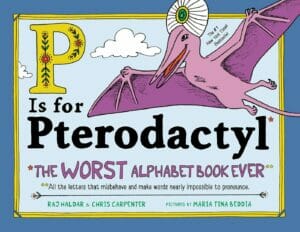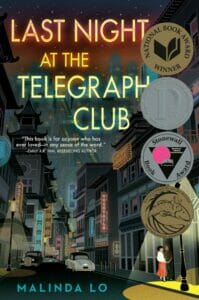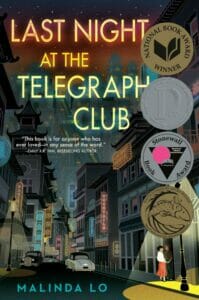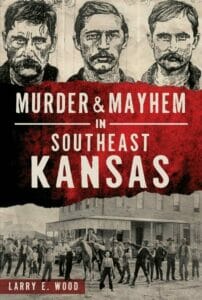Escape the Heat with Indoor Hobbies
by Crystal Hicks, Collection Services Manager

Temperatures are through the roof, with heat indexes even higher, which means I’m cranking the AC and finding things to do indoors. I’m normally content to read books or watch TV, but with this current unending heat wave, I’m itching for some variety in my hobbies. Fortunately, the library has gotten several new hobby, crafting, and cooking books that give me plenty of alternative indoor hobbies to pursue.
I’ve been knitting since high school, and I’m always looking for new projects that easily travel. Though I know many knitters favor socks, every method I’ve learned thus far has been finicky in one way or another, so I haven’t made more than a couple pairs. Enter “Knit 2 Socks in 1” by Safiyyah Talley, in which she proposes a new method for making two socks at once. Talley essentially knits one long sock from toe to cuff, inserting lifelines for the heels and for splitting the sock in two. After knitting the extra-long sock, Talley splits the sock in two at the middle and adds another toe, another cuff, and heels on each sock. I’m eager to try this technique out, maybe with a pair of socks for my toddler.
I come from a family of sewers, but sewing has never caught my interest until this past month, when I fell down a YouTube rabbit hole about Victorian and Edwardian clothing styles and sewing techniques. Written by YouTuber Bernadette Banner, “Make, Sew and Mend” is an essential introduction to the art of hand sewing and creating clothing. Banner focuses on presenting the basics of sewing, starting with necessary materials and understanding fiber content of fabrics, going through stitches and ending on practical applications for the skills learned. This book doesn’t include patterns, but it contains a lot of background knowledge required for knowing where to start with a book of patterns. I’m eager to finish it and begin my sewing journey.
Likewise, stained glass is a hobby I’ve yet to begin, but my interest was also sparked by delightful YouTube tutorials. When I’m ready to dip my toes, “Kicking Glass” by Neile Cooper is where I’ll begin exploring this gorgeous hobby. Cooper’s thorough tome walks beginners through setting up a space, picking out supplies, and basic techniques required for creating stained glass. Cooper also covers many safety measures, including an essay by Missy Graff Ballone about reducing the harm that comes from repetitive movements on hands and wrists. Patterns make up the latter portion of the book, including both two- and three-dimensional objects, along with patterns that incorporate found objects within the finished project.
Like many adults, I’ve been cooking myself food for years, but I’ve never taken a cooking course and have only a muddled knowledge of food science. America’s Test Kitchen comes to the rescue with “The New Cooking School Cookbook: Fundamentals,” a hefty volume perfect for novice and intermediate home cooks who want to learn more about food science and proper cooking technique. This book boasts 400 recipes incorporating 200 different cooking skills, all divided up into easy-to-approach courses. Love eggs? Start with scrambling, then progress to frying, boiling, and poaching. Prefer vegetables? Skip eggs and learn to boil, steam, sauté, roast, broil, and grill veggies. Basic bread and dessert recipes are also included, for home cooks looking to expand into the realm of baking. A second volume, “Advanced Fundamentals,” comes out this November.
Last year I took up bullet journaling and started dabbling in calligraphy as an easy way to decorate my journal’s pages. At its simplest, calligraphy can be done by anyone with pen and paper, and Joyce Lee’s “Joy of Modern Calligraphy” provides an accessible introduction to this beautiful craft. Lee breaks down the strokes and proportions that form the backbone of calligraphy, with a strong emphasis on repetition and proper form. Lee explains that calligraphy can be a lifestyle, incorporating aspects of mindfulness to ensure the best results. The book includes 20 different practice pages, which can be photocopied, and several project ideas as starting points.
I hope you take the opportunity this summer to stop by the library, enjoy our AC, and check out some books. Whether you’re investigating a new hobby, researching a topic, or just looking for new fiction, the library has plenty of books to cater to anyone’s interests. While you’re here, make sure you’re signed up for our summer reading program, which runs through the month of July and is open to everyone, including adults!



 In the opening pages of “
In the opening pages of “
